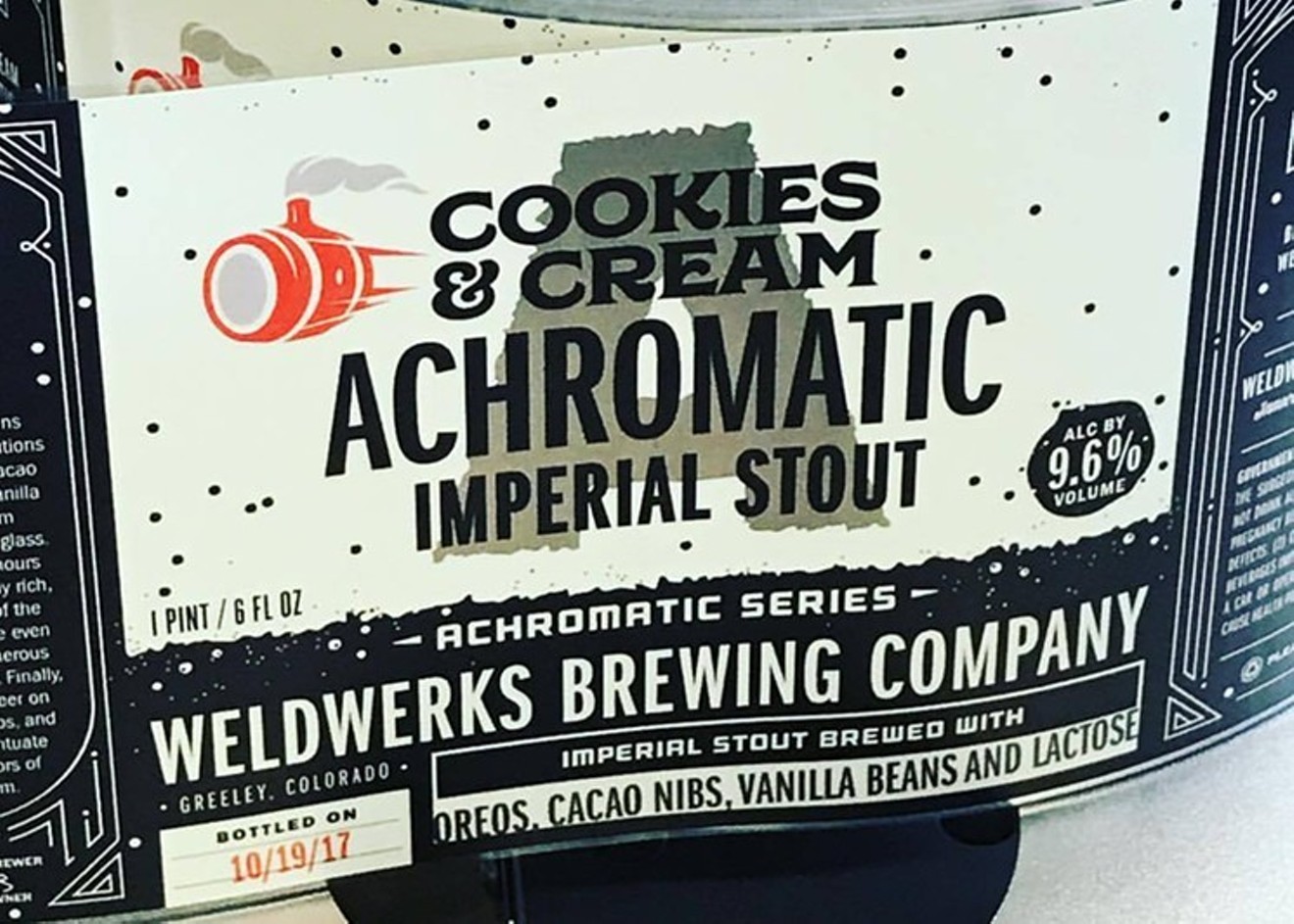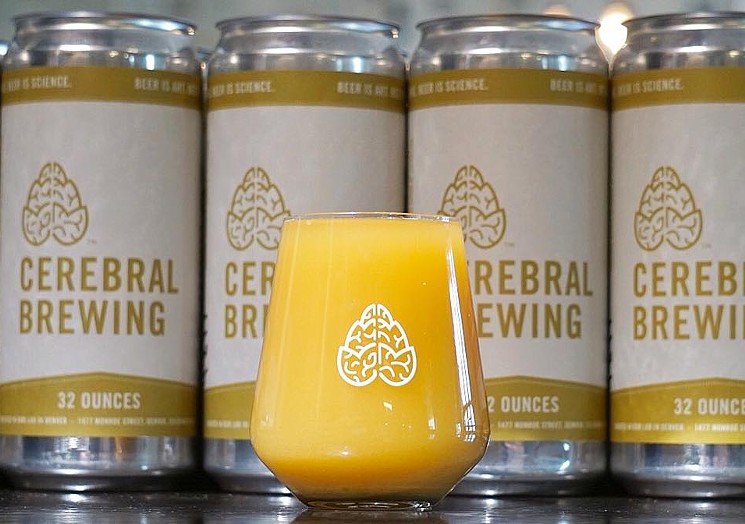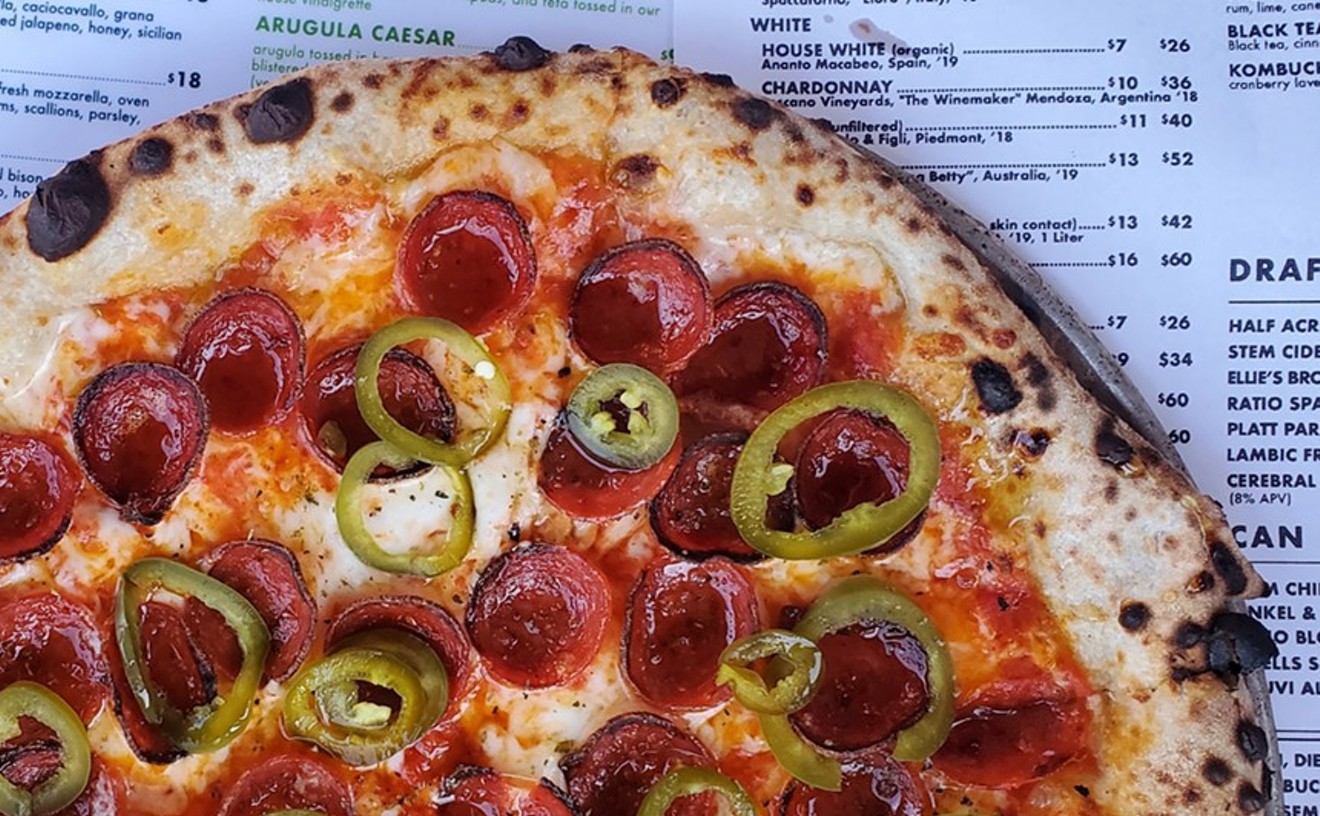In the past two weeks, two well-respected national beer writers have penned articles foretelling the demise of craft brewing. Neither predicted its death based on competition with big beer or on ingredient shortages or other economic factors, though. Rather, they bemoaned the surging popularity of two different styles, sounding the alarm bells and wringing their hands over the future of beer in America.
The first article, “Boom in Sugary Pastry Stouts Shows Craft Industry Forgetting What Beer Tastes Like,” by Chicago Tribune reporter and author Josh Noel (who is writing a book about Goose Island Beer Company selling out to AB InBev) called out so-called pastry stouts based on the prevalence of these sweet, often barrel-aged beers at a recent festival. “After six hours wandering the aisles of the Festival of Wood and Barrel-Aged Beer last weekend, I have concluded that craft beer is betraying itself,” Noel wrote. “It is forgetting what beer should taste like.”
The second piece, “Hazy Days and Brighter Futures: Are New England IPAs More Than a Passing Fad?” written for Beer Advocate by longtime beer journalist Andy Crouch, was even more gloomy as it took hazy, New England-style IPAs to task. “Craft brewing once defined itself by wide-ranging innovation. Brewers pushed past previously defined boundaries to explore the outer edges of what constituted beer,” he wrote. “Today’s focus on IPA, and hazy, juicy New England IPAs specifically, is the opposite of that age of wonder. Our hyper focus on this new style has rendered beer homogenous and even boring.
“This is the death of creativity, the stifling of craft brewing’s spirit,” he added.
Seriously? Give me a break, fellas.
These articles are just the latest obituaries written by people who don’t like, or are sick of, a particular style, and frankly, this kind of writing is getting old. I imagine that executives at the big beer companies (like Miller, Coors and Bud) were probably harrumphing the same words about craft beer in the early ’90s (and that the big-box stores were saying similar things about online shopping ten years later).
Pastry stouts — which are typically high-alcohol “imperial stouts” that have been brewed with sweet additions like vanilla beans or coconut or even cake or cookies — and New England-style IPAs, which have mild, tropical hop flavors and aromas and a cloudy appearance, are indeed popular, so much so that almost every brewery, good and bad, has now attempted some version of one or the other, or both.
Yes, they are trendy. No, they aren’t killing craft beer. They are invigorating it.
In Colorado, several breweries have made their names in the past few years based on these styles; they include Weldwerks Brewing, Cerebral Brewing, Odd13 Brewing, Ursula Brewery and Liquid Mechanics. Others are choosing to focus more and more on them; these include River North Brewery, Station 26 Brewing, New Image Brewing, Fiction Beer Company and Epic Brewing.
The reasons? For starters, because both styles are fantastic and delicious (in the right hands) and popular among brewers and drinkers. And second, because of that very desire to create and explore what Crouch thinks is gone.
I began drinking craft beer because I was tired of beer-flavored beer — the stuff that smells like a fraternity-house floor on a Sunday morning. The last thing I want is a return to that. To me, this is just the opposite. What these two styles really represent isn’t the death of craft beer, but the continued effort of brewers and breweries to play with flavors and textures and styles and boundaries — and to attract new customers who might like these flavors more than some others. I think it’s marvelous.
But the notion that they are overtaking craft brewing is simply ridiculous. Never before have so many different kinds of beer been available in taprooms and on liquor-store shelves. There's so much choice that even I, a guy who gets paid to study and write about beer, has trouble keeping up sometimes.
Take a look at Seedstock, Bierstadt Lagerhaus, Call to Arms, Wibby Brewing, Hogshead, Grimm Brothers, Black Project, Funkwerks, Prost Brewing, Halfpenny, TRVE, Ratio Beerworks, Beryl’s Beer Company and and many more. I challenge you to walk into these Colorado breweries and to try to find more than a half-dozen IPAs among all of them, let alone a single New England-style IPA.
Even in liquor stores, these two styles make up only a small percentage of what is available. Pastry stouts are expensive to produce, high in alcohol and often hard to find. They make up a niche part of the market for people willing to pay more money for them. Hazy IPAs, meanwhile, can be unstable in packaged form, which is why very few breweries have tried to package them. Relative to other styles — like regular IPAs, blondes, pilsners, wits — they are uncommon.
Both styles are popular right now — and people are lining up for them — but both will eventually settle into their spots alongside the dozens and dozens and dozens of other beer styles out there. Breweries that are good at making them will continue to do so, while those that weren’t as successful will stop. Remember Belgian stouts and Black IPAs? How about Session IPA and Imperial pilsners? And Brett IPAs and fruited IPAs and salty, salty goses? They have all briefly surged in popularity before becoming part of the rainbow.
Some breweries may be following trends. Others may be unsure what they are doing, but for the most part, the brewers and breweries working with these styles have the same mentality as the ones who were feeling their way through the '80s and the '90s, and I'd argue that you could describe them with the same words that Crouch uses to describe their predecessors:
"Craft brewing once defined itself by wide-ranging innovation," he wrote. "Brewers pushed past previously defined boundaries to explore the outer edges of what constituted beer. They based some ideas on long abandoned brewing traditions, conceiving others out of sheer boredom or pure devilish curiosity. The age of extreme was a wild one, where anything could (and did) happen. It was fun, brutish, and, thankfully, a stepping stone on the path to greater beer knowledge."
I hope that age never goes away.
[
{
"name": "Air - MediumRectangle - Inline Content - Mobile Display Size",
"component": "12017618",
"insertPoint": "2",
"requiredCountToDisplay": "2"
},{
"name": "Editor Picks",
"component": "17242653",
"insertPoint": "4",
"requiredCountToDisplay": "1"
},{
"name": "Inline Links",
"component": "18838239",
"insertPoint": "8th",
"startingPoint": 8,
"requiredCountToDisplay": "7",
"maxInsertions": 25
},{
"name": "Air - MediumRectangle - Combo - Inline Content",
"component": "17261320",
"insertPoint": "8th",
"startingPoint": 8,
"requiredCountToDisplay": "7",
"maxInsertions": 25
},{
"name": "Inline Links",
"component": "18838239",
"insertPoint": "8th",
"startingPoint": 12,
"requiredCountToDisplay": "11",
"maxInsertions": 25
},{
"name": "Air - Leaderboard Tower - Combo - Inline Content",
"component": "17261321",
"insertPoint": "8th",
"startingPoint": 12,
"requiredCountToDisplay": "11",
"maxInsertions": 25
}
]















